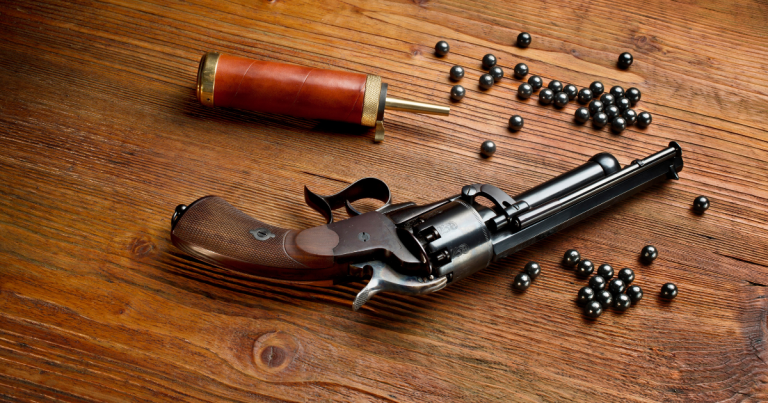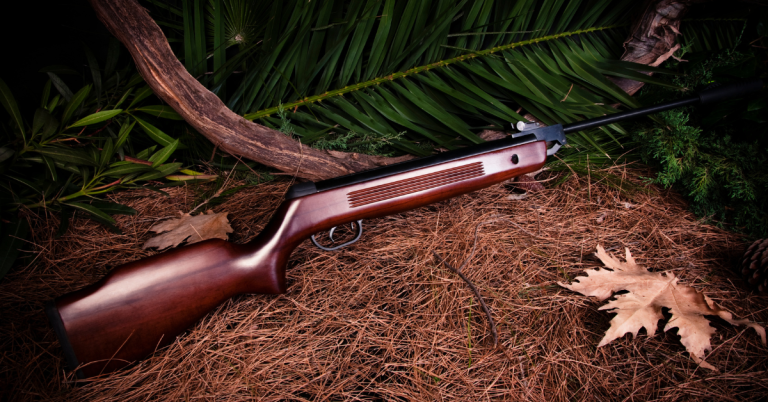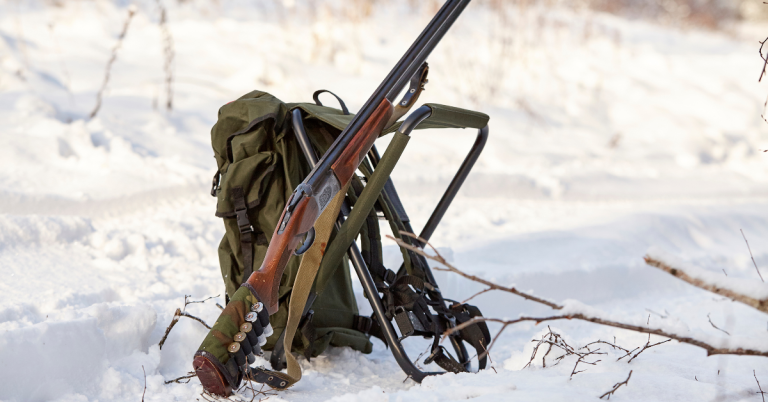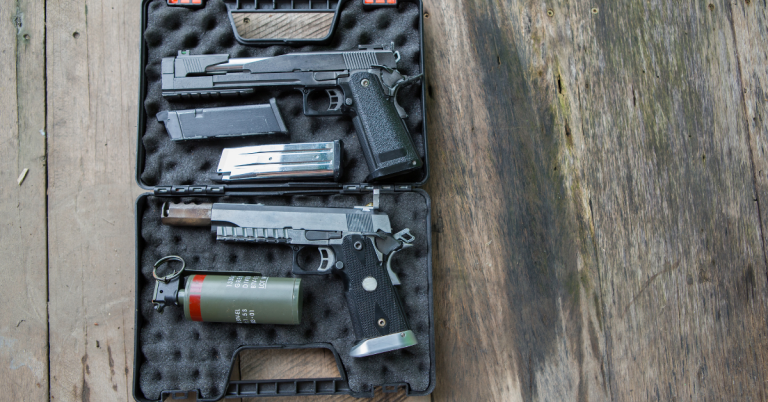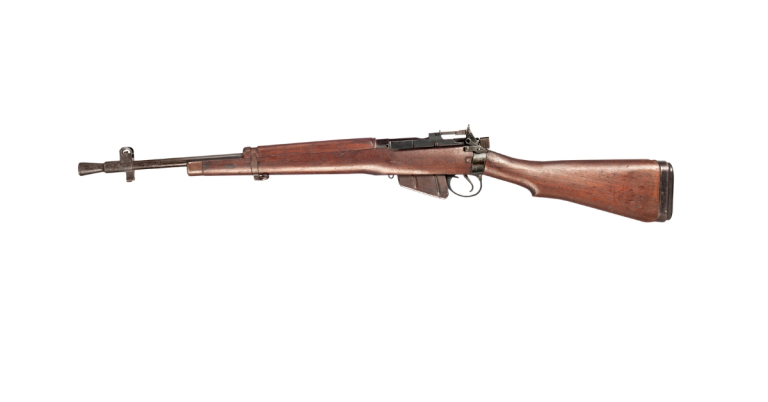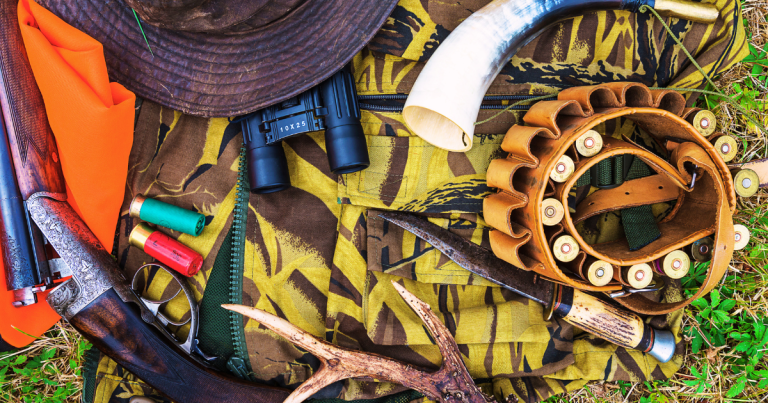How do you adjust the trigger on an air rifle?
The trigger of an air rifle is a critical component that can significantly affect accuracy and comfort during shooting. Adjusting the trigger to your preference can improve your shooting experience.
Understanding Trigger Mechanics
Air rifle triggers typically have two stages. The first stage involves taking up the slack before you reach a point of resistance. The second stage is the actual firing point. Adjusting the trigger allows you to change the weight (the force required to pull the trigger) and the travel (the distance the trigger moves before the shot is fired).
Tools You’ll Need
- A small flat-head screwdriver or an Allen key (depending on your rifle model)
- Your air rifle’s manual for specific instructions
Step-by-Step Trigger Adjustment
1. Ensure Safety
- Make sure your air rifle is unloaded.
- Engage the safety mechanism.
2. Access the Adjustment Screw
- Locate the trigger adjustment screw, which is usually found behind the trigger in the trigger guard.
3. Adjust for Weight
- To decrease the trigger pull weight, turn the adjustment screw clockwise.
- To increase the trigger pull weight, turn the adjustment screw counterclockwise.
4. Test the Adjustment
- After making adjustments, test the trigger pull by dry firing (if your air rifle allows it) or using snap caps.
- Repeat the adjustment process until you achieve the desired trigger pull weight.
5. Adjust for Travel
- Some air rifles also allow you to adjust the trigger travel. Consult your manual for specific instructions.
6. Confirm and Tighten
- Once satisfied with the adjustments, ensure all screws are tightened to prevent them from loosening during use.
Tips for a Smooth Trigger
- Go Slow: Make small adjustments and test frequently.
- Record Settings: Keep a log of your adjustments for future reference.
- Consult a Professional: If you’re unsure about the process, seek assistance from a qualified gunsmith.
fAQs
How often should I check and potentially readjust my air rifle’s trigger settings?
Regular use can cause trigger settings to shift slightly. It’s a good practice to check your trigger settings every few months or after any significant use, especially if you notice changes in your rifle’s performance.
Are there any safety features built into air rifle triggers to prevent accidental discharge?
Many air rifles come with built-in safety features such as automatic safeties that engage when the rifle is cocked, or manual safeties that the shooter must disengage before firing. Always refer to your rifle’s manual for specific safety features.
Can trigger adjustment affect the warranty of my air rifle?
Trigger adjustments, if done according to the manufacturer’s instructions, typically do not affect the warranty. However, modifications or adjustments not recommended by the manufacturer may void the warranty.
What is the ideal trigger pull weight for hunting versus target shooting?
The ideal trigger pull weight can vary based on personal preference and the specific activity. For hunting, a slightly heavier trigger pull might be preferred for stability, while target shooters often favor a lighter, more sensitive trigger for precision.
How can I ensure that my trigger adjustments are consistent with legal regulations for air rifles?
Consult your local laws and regulations regarding air rifles, as they can vary by region. Some areas may have specific requirements for trigger pull weights or other modifications to ensure safe and responsible use.

